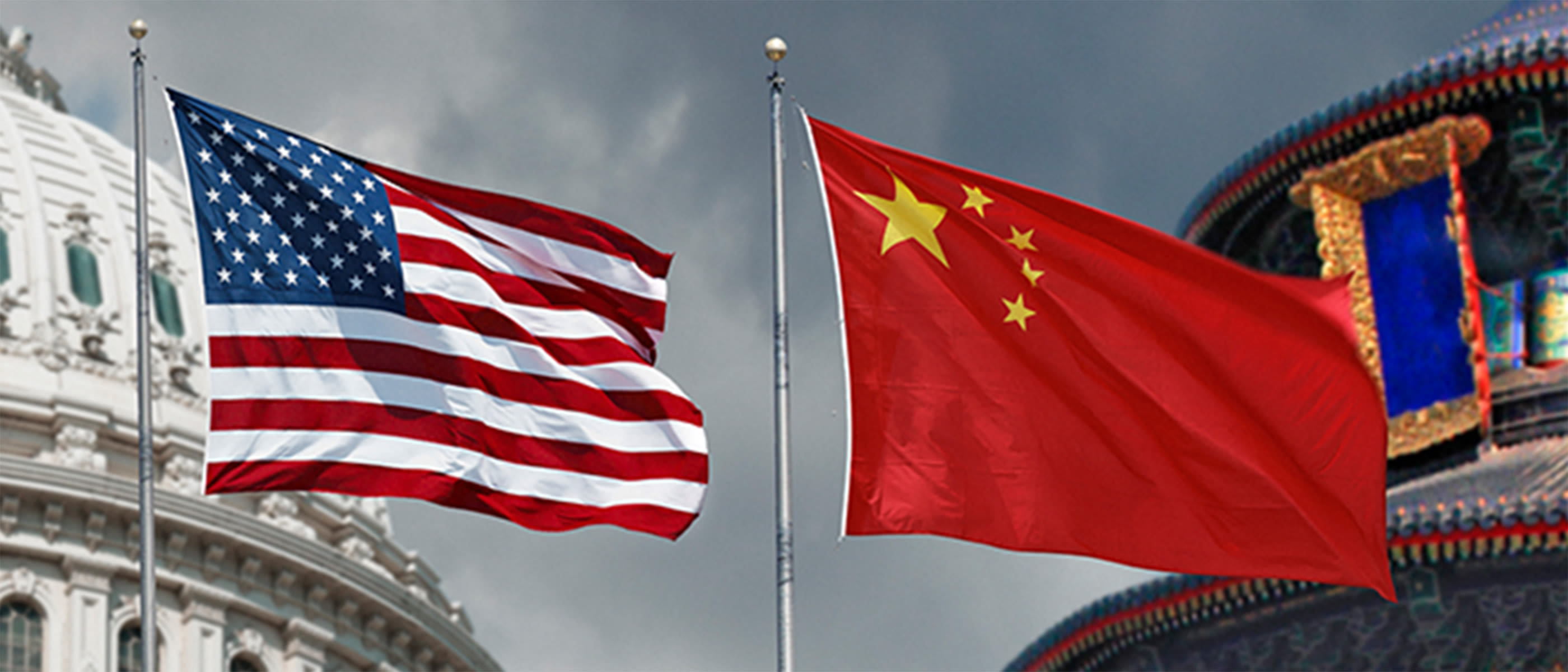
December 20, 2019
Trade Deals and WTO Woes Grab the Spotlight
Trade Deals and WTO Woes Grab the Spotlight

December 20, 2019
This past week, on the eve of a looming tariff deadline, came fresh news of a deal reached between the US and China. Meanwhile, global trade developments from across Europe and North America—that included additional tariffs and
disputes within the World Trade Organization (WTO)—had importers and regulators on edge as they waited to hear the effects of the latest headlines.
Putting recent events in context, Chief Economist Dr. Phil Levy and VP of Global Customs and Trade Advisory Tom Gould—both from Flexport—discussed the implications in Flexport’s latest edition of the State of Trade: December Tariffs Q&A.
The two trade experts shared analysis of the current landscape and strategies for staying ahead, while listeners had the opportunity to ask their most pressing questions live.
Below are the three takeaways shared during the webinar:
1. US-China deal on trade war reached, still leaving much to be desired.
A “Phase One” deal, originally announced in October, was reached between the US and China this past week, resulting in an 80+ page, yet-to-be-released document. The immediate effect of this deal? Delay of the List 4b 15% tariffs, originally scheduled to go into effect on December 15.
Additionally, the List 4a tariffs, which went into effect September 1, are expected to decrease from 15% to 7.5%, effective 30 days after the deal is signed. Timing for that is expected to be in mid-January. A second phase of the deal is promised, but likely won’t be reached in 2020. Meanwhile, the 25% tariffs on List 1-3 products remain.
2. Introducing: USMCA, the new NAFTA.
This past week, a deal was struck between the US, Canada, and Mexico on the United States–Mexico–Canada Agreement (USMCA). The House of Representatives has approved the USMCA in a vote of 385 to 41. Next stop will be the Senate for final approval, which is expected to come in 2020.
The net effect of USMCA is a more modernized version of the North American Free Trade Agreement (NAFTA). Other notable changes include new restrictions on the automotive sector, which is an important component of the North American trade economy.
3. Gearing up for 2020: Aanalyze, prepare, and call your broker.
Among the economic updates shared, Levy and Gould also offered strategies to help shippers mitigate supply chain impact from the ongoing trade war. Chief among their insights: Harness the power of your products’ customs data for better business planning. Other tips:
- Analyze your import data to determine the impact of anticipated changes.
- Prepare for additional scrutiny from Customs as the government increases enforcement.
- Talk to your broker to determine if your goods qualify for Section 301 exclusions.
- Explore whether your business is eligible for tariff refunds.
Ready to Tackle Tariffs?
Tariffs don’t have to be confusing. For more information on which tactics might be right for your business or to speak with an expert, please visit Flexport’s Customs page.
And, for more insights on all things tariff-related, check out TariffInsider.com, curated and original content on global trade and tariffs.
About the Author

December 20, 2019


